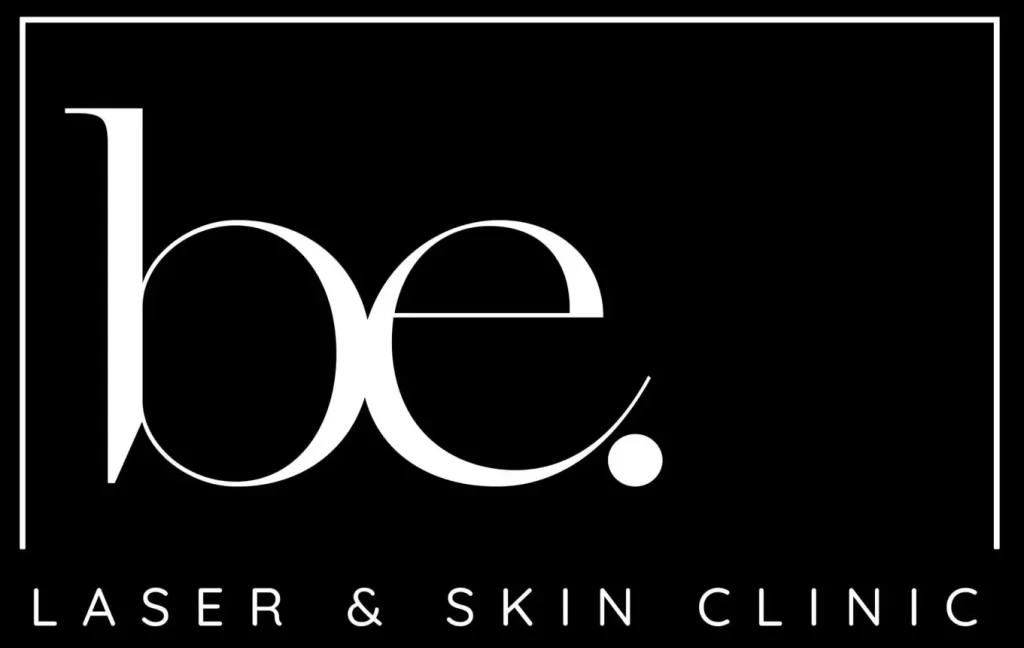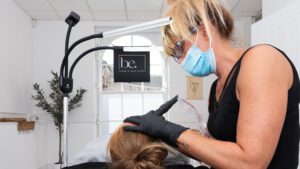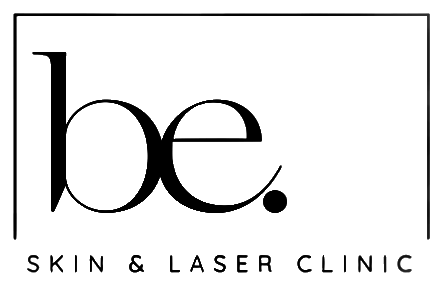So, you’re torn between zapping hair at home or heading to a clinic? I gave both a go: slapped on a hand-held gadget in my living room, then lounged under a pro’s high-powered laser. When it comes to DIY vs professional laser, there’s more to think about than just price. Power, time and safety all play a part.
Key Takeaways
- Home lasers run on low power, so they need more sessions and can feel hit-and-miss. Pros use stronger beams for quicker, more even results.
- DIY kits cost less to start but demand regular use and carry a small burn risk if you misstep. Clinics tune settings to your skin, cutting that risk.
- Upfront, DIY looks cheap, but buying replacements and sticking to a long routine adds up. Professionals cost more per visit but usually finish in fewer visits.
.
Efficacy Of DIY Vs Professional Laser Treatments
Technology And Energy Output
Okay, so let’s get real about what’s actually happening with these devices. DIY gadgets, like at-home IPL devices, use lower energy levels. Think of it like this: they’re whispering to your hair follicles, whereas professional lasers are shouting. This difference in energy is key. Professional lasers use a single, focused beam, making them way more precise. At-home devices? Not so much. They scatter light, which means they’re less effective at targeting the follicle. It’s like trying to water a plant with a leaky hose – some water gets there, but a lot goes to waste.
Basically, at-home devices are designed to be safer for general use, which means they sacrifice power. This is why they often end up delaying hair growth rather than stopping it altogether. You might see some results, but they probably won’t be as dramatic or long-lasting as you’d hoped.
Speed Of Hair Reduction
Right, so how quickly can you expect to see results? With professional laser treatments, you’re often looking at noticeable hair reduction after just a few sessions. They’re using powerful tech, like the Candela GentleMax Pro, which is generally considered top-tier for laser hair removal. DIY devices? Buckle up, because it’s a marathon, not a sprint. You’ll need to use them consistently, usually once or twice a week for ages, before you see anything significant. And even then, the results might be patchy.
Here’s a quick comparison:
- Professional Laser: Faster results, typically within a few sessions.
- DIY Devices: Slower results, requiring consistent use over a longer period.
- Maintenance: Both require maintenance sessions, but professional treatments often need them less frequently.
.
Basically, if you want quick and effective skin treatments, professional lasers are the way to go. If you’re patient and willing to put in the time, DIY might work, but don’t expect miracles.
Safety And Skin Compatibility
Risk Of Adverse Reactions
Okay, so let’s talk about safety. It’s a big deal, right? With DIY devices, you’re basically on your own. There’s no professional there to guide you, and that can be a bit risky. You could end up with burns, pigmentation changes, or even scarring if you’re not careful.
- DIY devices often have inconsistent energy output, which increases the risk of skin damage.
- Lack of proper training means you might not know how to adjust the settings for your skin type.
- The quality of DIY devices can vary wildly, and some might not meet safety standards.
.
It’s worth remembering that professional laser treatments involve trained technicians who understand the technology and how to use it safely. They can assess your skin and hair type and adjust the laser settings accordingly. This significantly reduces the risk of adverse reactions.
Suitability For Different Skin Tones
This is where things get really important. Not all lasers are created equal, especially when it comes to different skin tones. Some lasers work great on fair skin but can cause serious problems on darker skin. Professional clinics usually have a range of lasers, including Nd:YAG laser hair removal, which is designed to be safer for darker skin tones.
DIY devices? Well, they might not be so versatile. You need to be super careful to check if the device is suitable for your skin tone before you even think about using it. A skin patch test is always a good idea, no matter what device you’re using.
Here’s a quick comparison:
| Feature | DIY Laser Devices | Professional Laser Treatments |
|---|---|---|
| Skin Tone Range | Limited; may not be suitable for darker skin | Wider range; options like Nd:YAG for darker skin |
| Safety Features | Often fewer safety features | More advanced safety features and trained professionals |
| Risk of Burns | Higher risk, especially with improper use | Lower risk due to professional assessment and tailored settings |
| Pigmentation Risk | Higher risk, especially on darker skin | Lower risk with appropriate laser selection and settings |
Basically, if you’ve got darker skin, tread very carefully. It might be worth paying extra for professional treatment to avoid any nasty surprises. Comprehensive skin and hair analysis is key to a safe treatment.
Long-Term Costs And Convenience
Upfront Expense Versus Ongoing Costs
Okay, let’s talk money and time. DIY laser devices seem cheaper at first glance, right? You buy the gadget, and that’s it… or is it? Think about replacement parts, the device potentially breaking down, and the fact that you might need to upgrade to a better model later on if the first one doesn’t cut it. Professional laser treatments definitely have a higher upfront cost. However, the long-lasting results can actually save you money by reducing the need for constant shaving or waxing. Plus, you’re paying for the expertise of a trained professional. It’s a bit like buying a cheap car versus a reliable one – the initial saving might not be worth it in the long run. To understand the laser treatments pricing better, it’s worth doing some research.
Accessibility And Time Commitment
DIY devices win on accessibility, hands down. You can do it in your pyjamas at 3 AM if you want! But, and it’s a big but, you’ll spend more time actually performing the treatments. Professional treatments require booking appointments and travelling to a clinic, which can be a hassle. However, each session is usually quicker and more effective. It really boils down to whether you value convenience and are willing to commit to regular maintenance, or prefer fewer, more powerful sessions handled by someone else.
Ultimately, the choice depends on your budget, your pain threshold, and how much you value your time. There’s no one-size-fits-all answer, so weigh up the pros and cons carefully before making a decision.
In the long term, spending a bit more now can save you pounds later. No more messing with creams or razors, so you keep more cash in your pocket. Plus, our easy online booking makes everything quick. Ready to feel smoother for good? Visit our website to book today!
Conclusion
So there you have it. Home lasers do a decent job if you want to save a few quid or test the waters. But if you’re after real, long-lasting smoothness, you’ll likely end up booking a pro session. I gave a cheap gadget a go for a month; felt handy, but the hair barely budged. My mate, on the other hand, did two pro treatments and saw proper change. Sure, DIY kits are safe and at-home, but they need loads more time and effort for faint results. At the end of the day, if you can spare the cash, go professional. If not, a home device can keep things under control—just don’t expect miracles.
The difference between a real laser or an IPL method of removal?
Upgrade to pro results → Laser Hair Removal
Frequently Asked Questions
Can a home laser gadget really beat a clinic laser?
Not usually. Home kits are much less powerful than the lasers in a medical spa. That means they slow hair growth, but won’t clear it as fast or as fully as a pro treatment.
Is DIY laser safe for all skin tones?
Home tools often work best on pale to medium skin. Darker or very fair tones can risk burns or no effect. Professionals tweak settings to suit every skin type, which you can’t do at home.
Which costs less in the long run, home kit or clinic visits?
Home kits cost less at the start, but you need to keep using them for months. If you add up all those sessions, it can end up as pricey as a few pro treatments. Plus, a clinic plan usually finishes sooner.




